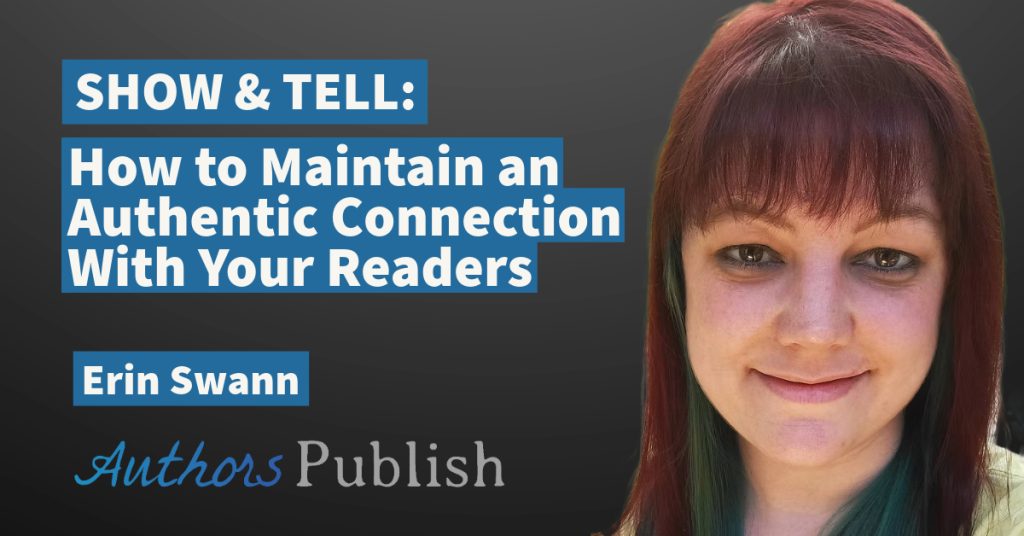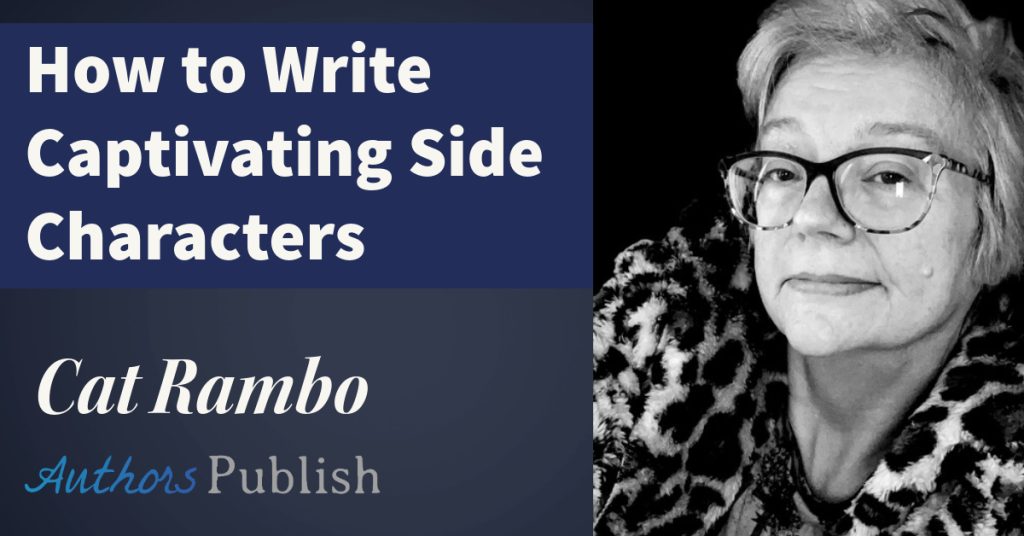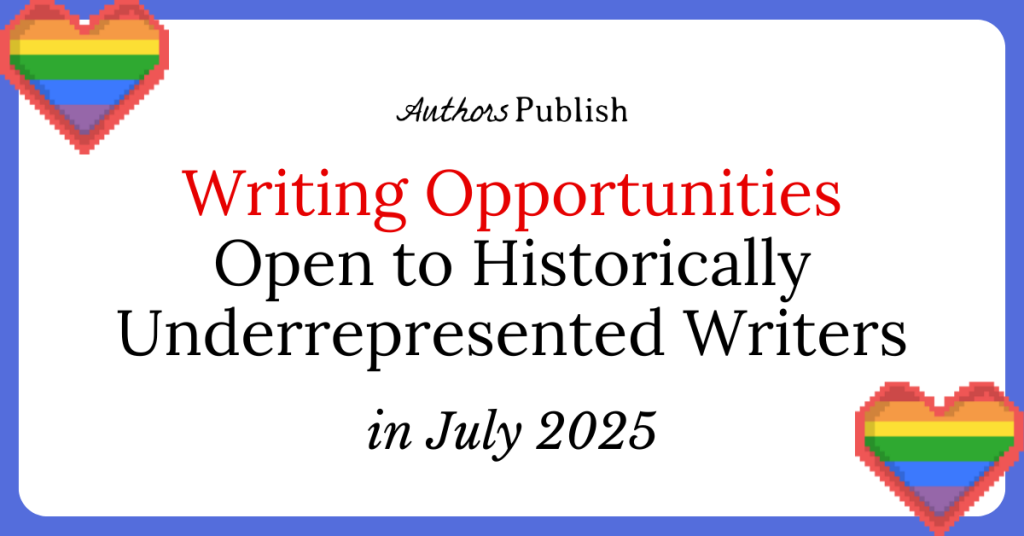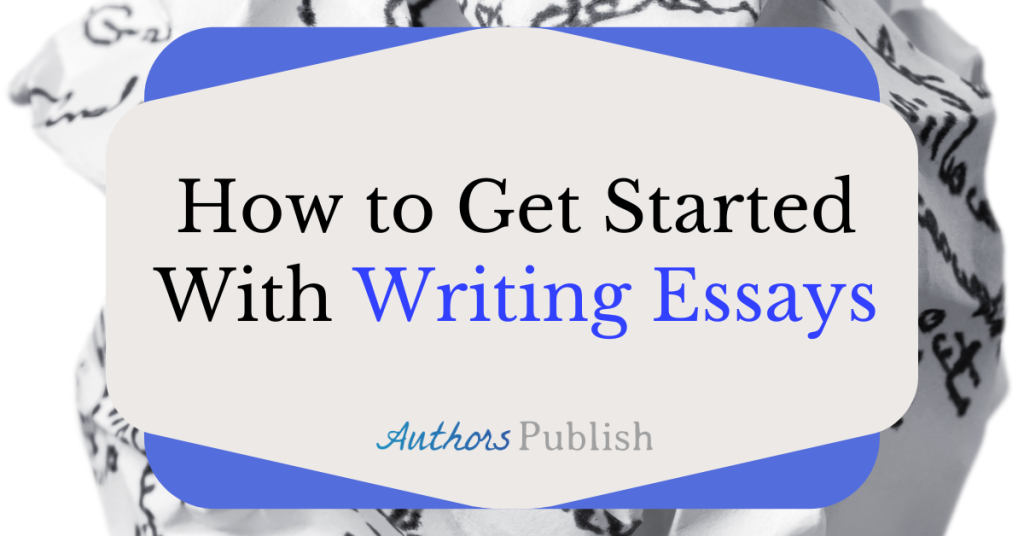As the editor of a literary magazine and chapbook press, I read a lot of query letters – and I mean a lot. Last year the total number of submissions received was over two thousand, not including chapbook proposals or microfiction submissions. After reading through that many cover letters year after year, I’ve started to notice a few recurring features that really have the power to put me off a given writer’s work before I’ve even started reading. Here then, are six things that I’d love to never see in another query letter ever again.
One – No Identifying Information
“See attached. Cheers!”
Each year hundreds of submissions drop into my inbox without a name, cover letter, biography or indeed any kind of identifying information at all attached to them. Apart from feeling somewhat impersonal – as though people are feeding their manuscripts into a machine rather than sending them to an actual person – it makes it difficult to respond. Is this piece a reprint? Does the author use American or British English? Have they already appeared in a previous issue? These are all questions I can’t answer unless there’s at least some form of proper cover letter.
Two – Scattergun Submissions
“Please find attached a review of Prada’s winter collection.”
It’s also not uncommon for me to receive submissions that, from the very line of the cover letter, I know aren’t going to fit the magazine. Neon publishes dark slipstream and magical realist fiction and poetry. A six-hundred page hard-boiled noir detective novel isn’t likely to find a place in its pages. Neither is a feature-length documentary film, or any number of hobby articles or fashion pieces. And yet these are all things that I’ve been offered in the past year. A quick glance at the content of the magazine should be enough to give a vague idea of what I publish. In fact, I’d always advocate reading a magazine before sending in work, to see if it actually publishes the kind of thing you’re writing.
Three – Overselling
“My story is perfect for Neon.”
It’s good to be confident about your work, but there are limits. It always irks me to be told in advance that I’m going to like something. Even if it’s true, I’d prefer to be allowed to decide for myself whether a given story or poem is what I’m looking for. That’s why I spend so many hours reading submissions in the first place, after all.
Similarly I’m not a fan of synopses in cover letters. If you’re sending out a novel then by all means include a summary – but I publish short stories and poems. With short work of this nature a synopsis is just not necessary, and often comes off as a slick attempt to “sell” the work in question. Again, I’d rather just read the piece for myself and make up my own mind.
Four – Underselling
“This isn’t my best work, and I’m not keen on the ending, but I thought I’d send it along anyway.”
Just as troublesome as overselling a piece is underselling it. The temptation to downplay the quality of your work is understandable; sometimes it’s all too easy to see the faults in our own writing, and all too hard to imagine how other people can’t see them. But resist that temptation! If you’re willing to admit that you don’t think your work is any good, then why have you sent it to me?
Five – A Long List Of Achievements
“I’m the winner of six Nobel Prizes, and my book is a bestseller in seventeen different countries.”
I enjoy reading about where writers have previously published their work, and about successes they’ve experienced or projects they’ve worked on. It’s good to see that someone has a track record, but it’s not really a factor that influences my decision. For that reason I find it a little tiresome when a submission also includes a painstaking list of every publication, every award, ever speaking engagement and every plaudit the writer has ever received.
Name-dropping also leaves me cold. Yes, it’s impressive to get a compliment on your writing from Alfred Hitchcock, but including it in your cover letter feels pushy – as though you’re trying to convince me to accept a piece based on everything but the piece itself.
Six – Over-Formatting / Extraneous Material
“Please find attached some photos of me and my cats.”
It might seem like a good idea to try and make your cover letter stick out with impressive fonts and unusual formatting. Really though, I’d prefer something plain and simple. Special fonts and colours almost always end up looking amateurish, and there’s simply no need – I’ll read your cover letter whether it’s in eighteen-point Comic Sans or twelve-point Times New Roman. The only difference is that the latter won’t make me wince. Similarly – however pretty you might be – there’s no need to include a photograph unless the magazine in question asks for one in their guidelines.
*
So that’s what I like and dislike in a cover letter. As a final word though, I’ll just say this: don’t worry too much about it. A cover letter has to be truly awful before it’ll affect the decision of any decent editor. Stick loosely to the points in this article, and your cover letter should never be a barrier to your writing success!
Bio:
Krishan Coupland is on the Creative Writing PhD programme at the University of East Anglia. His writing has appeared in Ambit, Aesthetica, Litro and Fractured West. He won the Manchester Fiction Prize in 2011, and in his spare time he runs and edits a literary magazine. His website is www.krishancoupland.co.uk.






